Who’s Bretwood Higman and how can he save the world from next tsunami
Dr Bretwood Higman from Seldovia, Alaska, lives a life most people can only dream of. But it all comes at a cost. Behind his studies and wilderness experiences, lies the firm desire to save the world from disasters such as tsunami.
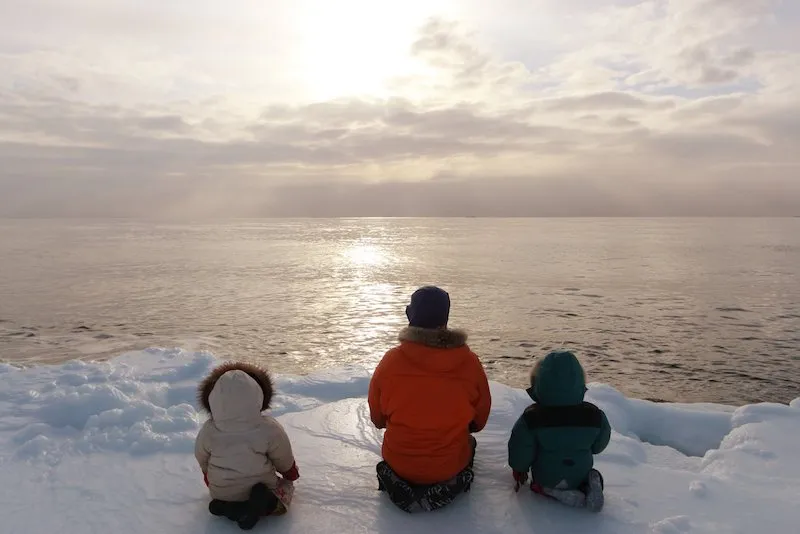
We looked ahead and saw this darkness out there. I'm not sure if you've seen that old movie – The NeverEnding Story – where they have the idea that this fantastic world is dissolving into nothing. It had a similar effect. Everything was brilliant white and there was this hole in the world. It was just open water. It was so much darker than the ice. It had an apocalyptic look.
Bretwood Higman can’t forget that sight. Though everyone talks about global warming, he saw its impact and it wasn’t pleasant at all.
Our Techie Tuesdays’ star for the week, Dr Bretwood, is a geologist and a data scientist from Alaska, who has studied disasters such as tsunami to an extent not many people have. He was only six-month-old when his father moved to Seldovia, Alaska — a town with no more than 300 people and no road connectivity (only air and waterways to reach there). As a kid, Bretwood loved that town and felt at home in the wilderness, almost like Mowgli. He continues his affair with the wilderness but now with an added responsibility by using his research and coding to help save the world from disasters such as tsunami.
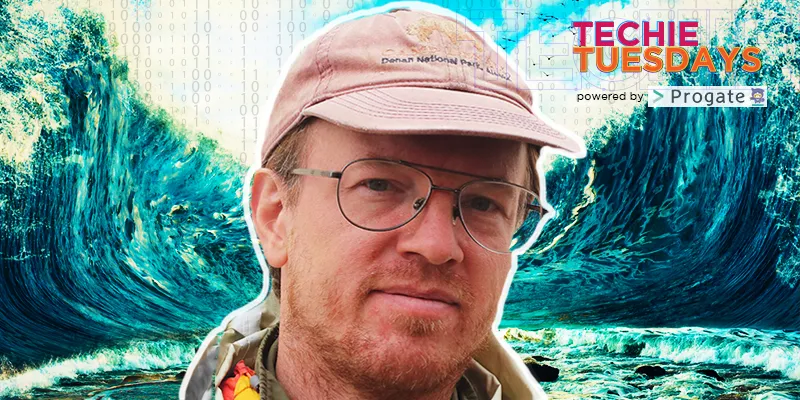
In fact, when I reached out to him, he was in a mountain in Peru, all set to depart for Columbia in a few days, as a part of his annual wilderness expedition with his wife Erin and two kids, who are four and six years old. Here’s his exciting journey so far.
From Washington to Alaska
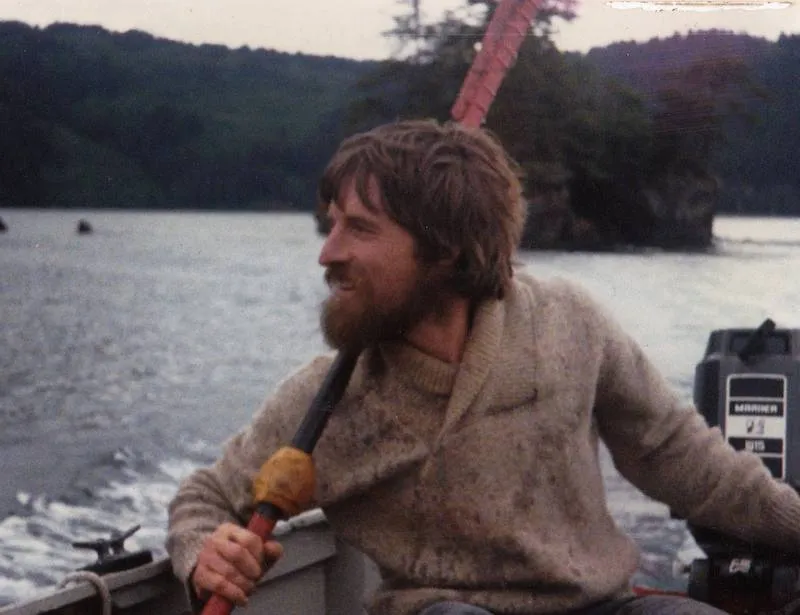
Bretwood’s mom and dad were a part of a hippie movement in the US. They lived with very little money and partied their way around Washington state (which is where his father's family is from). Bretwood’s father got trained as a small plane pilot and when his friend, who was to fly a plane to Alaska, asked him to be the co-pilot, he said yes. They landed in Seldovia and Bretwood’s parents decided to move there from Washington. He says, “It worked out well for them and it worked out well for me too.”
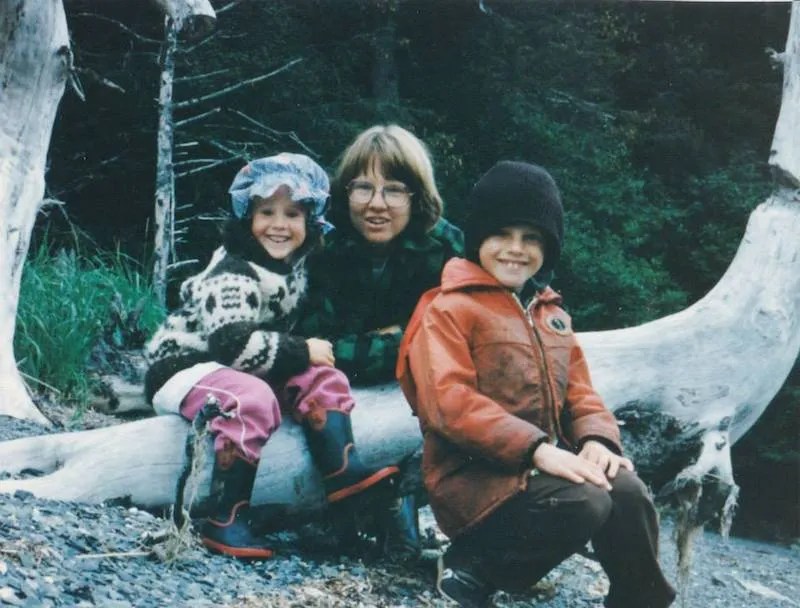
Bretwood’s father was always fascinated by oceans, mariners and sailors, and after moving to Seldovia, he eventually became a fisherman. His mother on the other hand learnt a lot about gathering local mushrooms and plants for food because the family didn't have money to buy food at times. Bretwood says,
I wasn't aware whether we were rich or poor. All I knew was that we lived in an amazing place, on a huge beach, with tremendous amount of freedom to explore around. I was living in the woods when I was five years old.
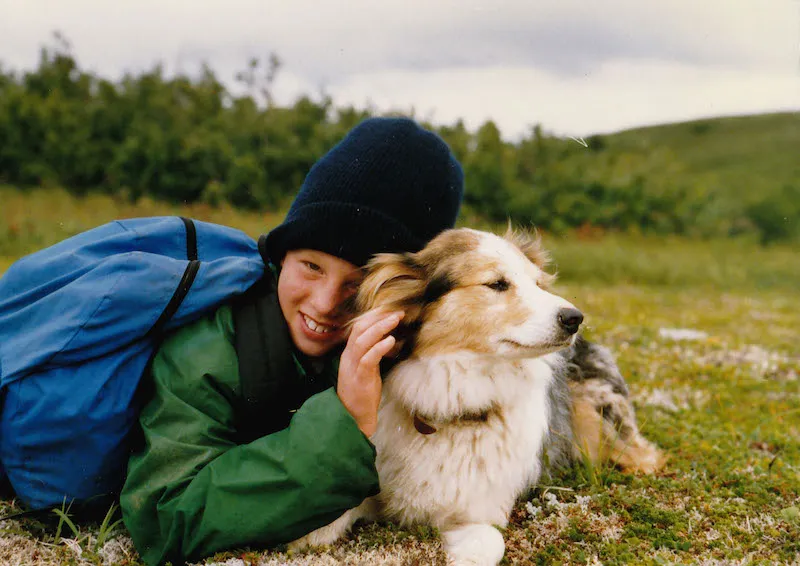
By the time Bretwood turned ten, he could easily travel through the forest. At high school, he was a geeky kid but he took many kids for hiking into the wild. He took to guiding as a volunteer when he was 14 and started getting paid after a year. That was significant part of Bretwood’s growing up.
Related Read - How Akiba is cultivating the maker-hacker culture in the countryside
Introduction to the world of science (and technology)
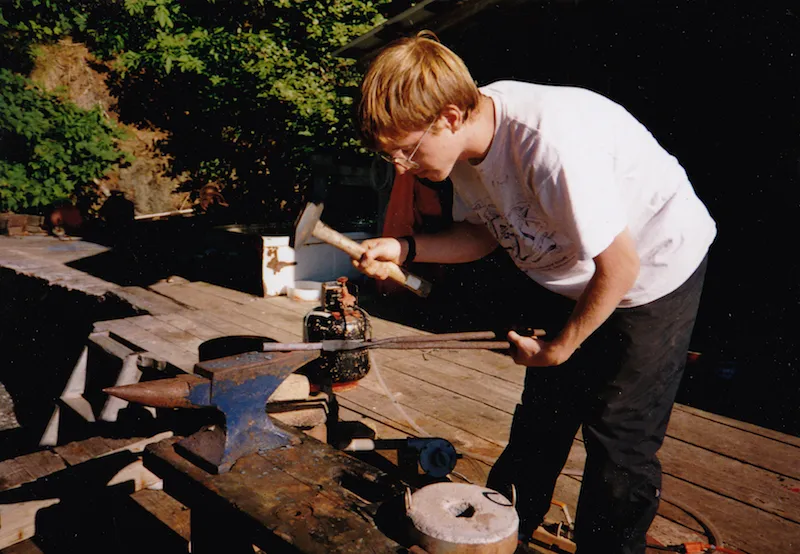
Meanwhile, Bretwood was introduced to the world of science and technology. It fascinated him, but he didn’t think of it as his future. Along with his friend, Bretwood made a computer game called 'Beyond Sensor Range' in 1996. He designed the game roles and key programs and made all the graphics. Unfortunately, the company that printed it, went bankrupt immediately. At school, Bretwood was really interested in Physics but there weren't many teachers for the subject. When he was starting college, he visited a few colleges in Minnesota and zeroed in on Carleton College for no particular reason. He adds, “Looking back, I realise that a lot of my decisions were arbitrary and not very well thought of but they worked out pretty well. I've been very lucky throughout my life.”
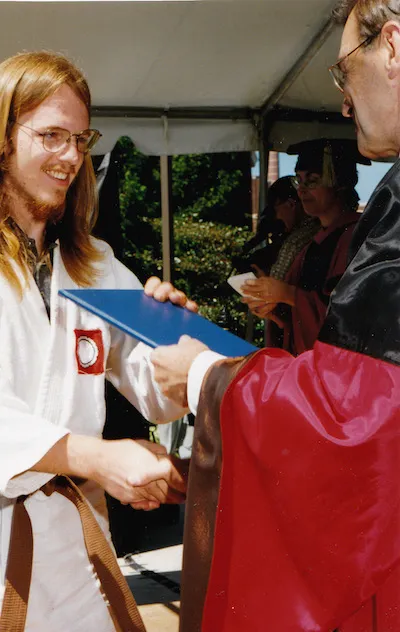
Bretwood joined college to pursue Physics but started taking Maths classes out of interest. His roommate's father was a geologist who suggested Bretwood to also take a Geology class. Till then, Bretwood had thought of Geology as something drab that involved memorising the names of rocks. Coincidently, Carleton College had a good Geology department and Bretwood ended up majoring in Geology. He studied earth surface processes by looking at layers of sediments, and understood those as records of the past. He recalls, “One of my favourite books when I was a teenager was Great Disasters which had details about the tsunami and earthquakes. I ended up researching on those.”
Studying tsunami
In 2002, Bretwood went to Nicaragua to study the tsunami of 1992. In 2004, few years into his PhD, the giant tsunami and earthquake hit the Indian Ocean. Bretwood had the room to take up more projects and he started corresponding with different scientists who were figuring out how to go into the fields and record the facts. Two weeks later, he was in Sri Lanka documenting the geological evidence. Few months later he was in Sumatra doing similar work, and in 2006, Bretwood went to Thailand. He explains,
A general idea in Geology is that when something happens (like tsunami), it changes the way the sediment accumulates. If you go to the coastal plains, there are different ways sediments are brought — by river, by vegetations. When a tsunami comes, it brings the sediments from the ocean which settles in plains. The size of varying sand grains helps us figure out the event behind the sediments (river, typhoon, tsunami).
In the aftermath of the tsunami that hit the Patong beach (Thailand), Bretwood and other scientists reconstructed the sequence from videos and photos taken by people moments before and after the tsunami. He adds, “When you study the layers (sediments) a tsunami leaves, you can tell about the source of the tsunami and the kind of tsunami that might happen again in future.”
That's precisely the motivation for Bretwood to study.
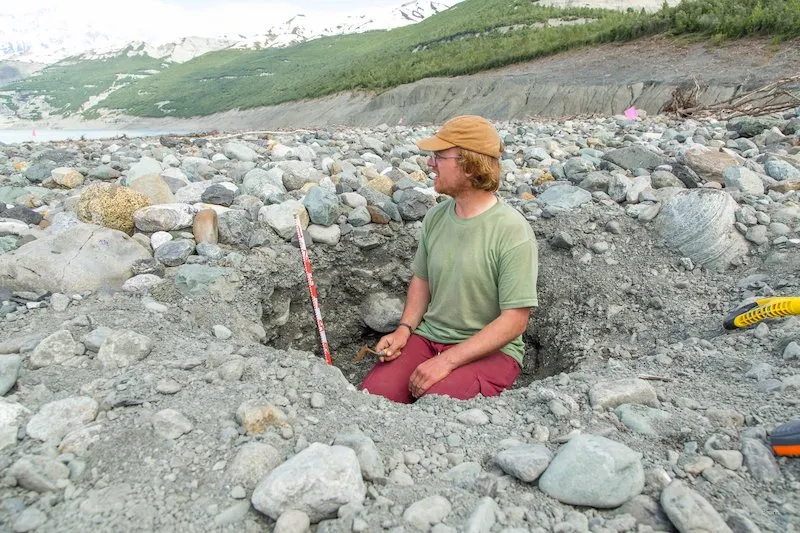
The programmer’s perspective
One of the specific data set Bretwood works on was grain size distribution. He generated hundreds of data sets and ran through programs. From programmers’ perspective, it was a great use case. Bretwood loves the fact that programming gives him control. He writes his code in order to output graphical charts which form great raw material further finalising the graphics. He says,
Because of being able to control that whole series of steps, I was taking the sand sample, running the software to bring analysis, doing the scientific work on interpreting them, taking the output in graphics and then finalising those which could be used in scientific papers; it gave me a broad view of how tools work and how to do it (the steps) well and efficiently.
Bretwood believes that it's a very different kind of experience for someone who works specifically on just one part (programming or Geology or graphics). Bretwood started picking up Python only five years ago, which is now his preferable programming language. He works on Java as well. One of the intermediate formats he uses often is scalable vector graphics (SVG) where he has written his own libraries.
Also read - Story of the punk rock musician who’s making internet accessible to all
Life (and adventures) after grad school
Bretwood met his soon to be wife Erin Mckittrick in college, where she was studying molecular biology. He says, “She's more academically adept then I am. She ended up getting a master’s degree and leaving her PhD midway as she wanted to move around. I finished my PhD on June 9, 2007, when I got all four committee members to sign papers. Twenty-one hours later, we handed our apartment keys to our landlord in Seattle and spent the next year walking, paddling, and skiing.”
The duo went from Seattle to Canada to Alaska. Bretwood wasn't sure what he wanted to do next but he surely wanted to live in Alaska. He remarks, “We didn't have a specific plan in the beginning of the trip but we were clear by the end that we want to settle in Seldovia, Alaska.”

They built their home in a month's time and learnt construction work in the process. They also started to build a non-profit, Ground Truth Breaking. Around that time, there was a proposal for copper mine in Alaska referred as Pebble Copper-Gold prospect that was becoming very controversial. One of the things that the company (proponent of the mine) did was releasing the analysis of the risk of earthquakes in the area. The people opposing this asked Bretwood to look into this assessment since it was close to his background.
Research work – mining, oil spills, and more
It turned out that the assessment by Pebble Copper-Gold prospect about earthquakes was completely wrong even after millions of dollars spent on research. Bretwood wrote a letter to the authorities explaining why it dint make sense. That ended up snowballing into a field research project which he’s still working on. He found out that at least one very large earthquake took place in the area in the past. He says, “With the mine, we were looking at building repositories on the mountains which could sustain forever. It was ridiculous.”

Bretwood then ran into a person who worked in a company which was half run from Seldovia. It's called Nuka Research and Planning LLC and it did a lot of different things, mostly related to oil spill, such as looking into the risk of oil spills and the ways to reduce that. Bretwood started working with the company and continues to do so for almost 10 years now. He says,
It's similar to grad school where I take complex data sets, run them through a programming context where you organise the data into something meaningful, perform statistical comparisons, some modelling, and come up with a series of analysis which can be used for policy making.
Right now, Bretwood’s company is looking at the ship traffic in British Columbia and Canada. It's common for ships engine(s) to die, and usually the ships either drift to a nearby island and break away causing oil spills, or are drifted safely by a tugboat. Bretwood looked at the ship tracking data to see where ships go and then modelled rescues by tugboats for reducing the oil spills. He introduced ray-tracing technique in the modelling and studied where all the ships which might hit the shore start from. All this led to an envelope (of area) where, if and when the ship engine fails, there is a high probability of the ship hitting the shores before tugboats arrive for its rescue.
According to Bretwood, this is an example of how to go from a policy question to the computer to get into the nuts and bolts of what's going on and then translate that into a model to produce something that's useful.
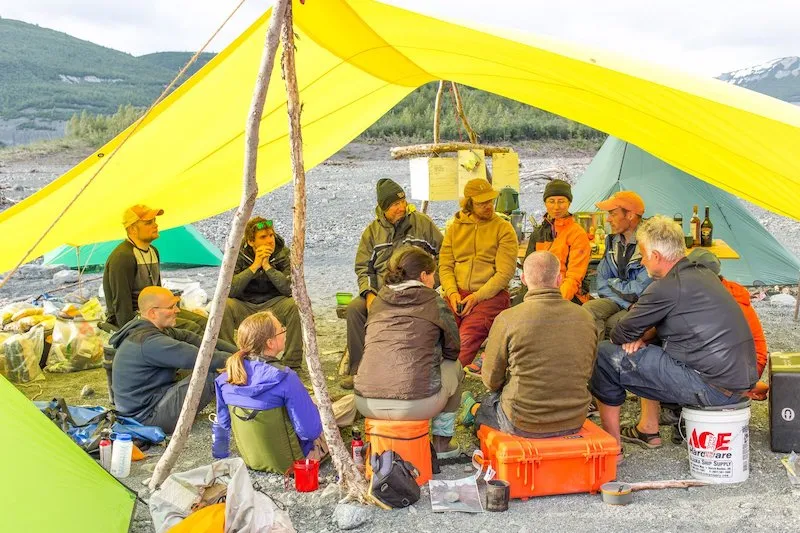
Bretwood was very good at object-oriented thinking and programming. But when he started working with Python, he got into functional side of programming and only recently he’s getting his mind back to the object- oriented side. Most of his code technically has an object-oriented structure. Even for solving the ship movement problem, he had written the code in a relatively simple environment which didn't account for many real-life challenges, and ultimately, his wife who is a much more structured helped him. He adds, “I went an unusually long way from starting to write the code to the first test run of the code.”
Related read - Meet Bruce Lawson, the British web warrior who draws his inspiration from India
A cog in a machine
Bretwood believes that he’s a cog in a machine at Nuka Research and is comfortably away from the front line. He says, “It has allowed me to think about these tangible problems and translate them into some sort of meaningful analysis.”
The results of his work are still under consideration by the Canadian coast guards and he hopes that they will implement them in some of the areas. He adds, “It means that these lines of codes from my computer will redirect millions of tonnes of traffic on the line of coast of British Columbia.”
In last 15 years, Bretwood had great experiences in three very different spheres:
- Academic Science – Bretwood believes that ultimately it (academic sciences) does do the best science because it's less practically focussed (and more suited for a researcher driven by enthusiasm and passion). It's both the upside and the downside for academic sciences.
- Private consulting world – He says, “they are very responsive to a need, and translate that need to funding to enable research and execution. The people I work with at Nuka Research are willing to listen.”
- Non-profit – It’s a world of activists. It becomes decoupled from the financial part (of the private consulting world) and the culture here is driven by the political passion of the people. They are willing to look at things regardless of whether they get paid for that or not.
Alaska's landslide tsunami
According to Bretwood, the benefit of being in a rich country like the US is that one gets good financial support for all the research done at one’s end. Recently, after the Alaska's landslide tsunami, Bretwood was keen to study the deposits (of such short period tsunami) situated in one of the most difficult terrains of Alaska (the weather being horrendous too). He says, “I figured out the least amount of money required for the logistics cost. I checked with US Geological Society, for funds and simultaneously got in touch with the bunch of scientists who were researching that. I wanted a bare minimum amount of $3,000-4,000 and ended up raising more than $300,000 for the expedition. It was an incredible mess then.”
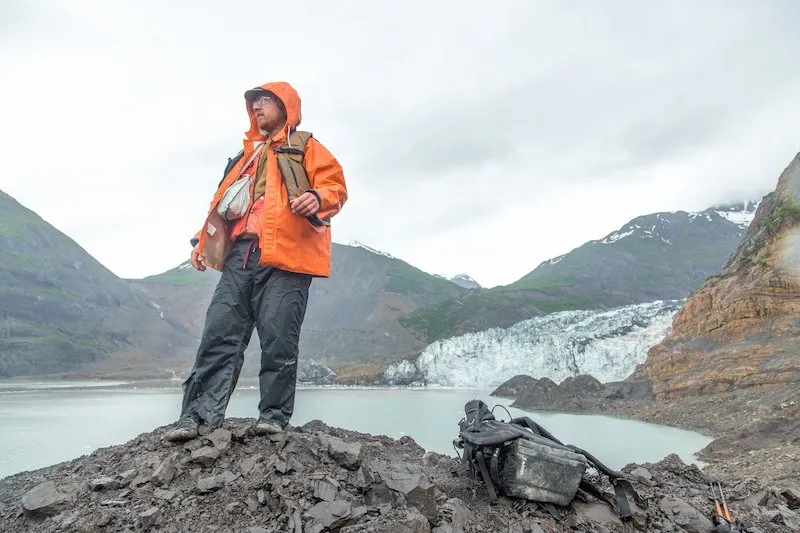
The team came up with a lot of data but the lead scientist had to leave because of a personal crisis. Bretwood was asked to take over, and a year later, he’s the first author of 32 papers, and is very close to getting them published. He says, “The paper and the work I did is one of the most impactful things I've done till date. The deposits were totally different from what we had seen earlier after the Indian Ocean tsunami.”
Bretwood has long struggled for getting his scientific research published and one of his near future goals is to turn that around.
Wilderness 2.0
Every year, Bretwood, Erin and the kids try to do a multi-month wilderness trip. They choose the trips based on the scenic beauty and what they'll learn along the way. In one such trip, they spent two and a half months on the sea-ice right at the Arctic circle half way across Alaska. This was the first time they lived on sea-ice and realised how important that part of the earth was now, given its extremely sensitivity to climate change. The sea-ice is melting down quickly.

He says,
When it (sea ice) is thick and intact, it reflects all the sunlight. We wore 90 percent shade sunglasses throughout the day because of the reflection. After being there for a month, we had almost forgotten where we were from. One day while skiing along this white ice, we encountered a hill made up of a pile of broken ice and climbed up.
Bretwood was heartbroken when he encountered open water which was dark compared to the bright reflecting ice. With the change in temperature in Arctic, there's more open water.
He says, “To understand and see it was a different experience. This process in northern Alaska is impacting the weather in India and all around the world.” Bretwood’s wife Erin is a writer and the couple does whatever it takes to share that experience to everyone through blogs, presentations, sessions.
The perks and challenges of a unique lifestyle
Bretwood believes that the flexibility of their lifestyle with the skill sets they've developed over the time, helps them live the way they do. He says,
“The reward I've for building our life that doesn't have a structure to it, is that I can head out for long trips across the wilderness and I don't have an immediate deadline. That has allowed us to do things that no one has done before and things that people think are impossible to do. The flip side of it is that I often think what my life would have been like if I stayed in cities and picked specific problems to solve.”
The force that keeps him going
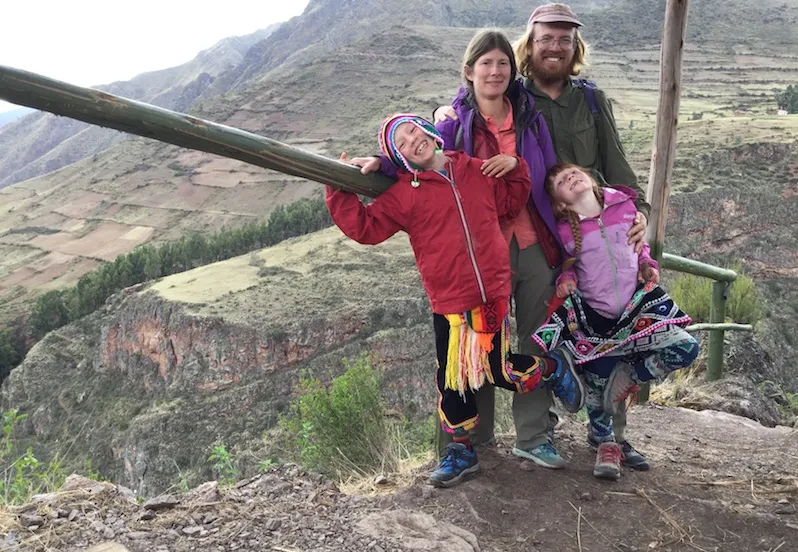
Bretwood has spoken to the survivors of tsunami and has witnessed the struggles they have gone through. He has a desire to help avert these terrible human tragedies. He believes that perhaps a little bit of information could save hundreds of lives. He says,
“As a geologist, I'm extremely lucky to be living today and witnessing the sort of changes that only happen in the planet in millions of years. At the same time, these are unprecedented changes being faced by humanity. The consequences of not responding to them successfully are terrible.”
He adds,
I want to be a part of attempting to solve that problem. It's very possible to fail but that's not the reason not to try. I want to dive in this problem without thinking about fatalism and getting depressing pondering upon the future. Because if we all fail, then I get the front row seat of the failure and that will be pretty interesting.
Bretwood believes in the idea of egalitarianism. He remarks that people are just people and everyone is alike at some level. But it's very contrary to the way humans think. For Bretwood, it's very important to be truly egalitarian in one’s thinking.
You can follow his work here.
(Images source Groud Truth Trekking)







